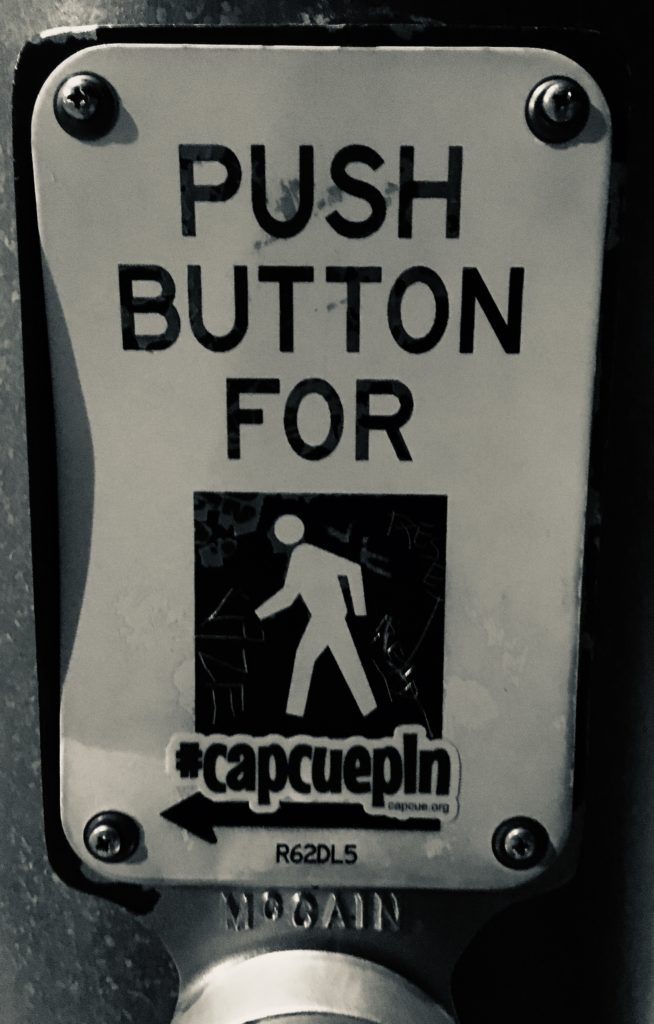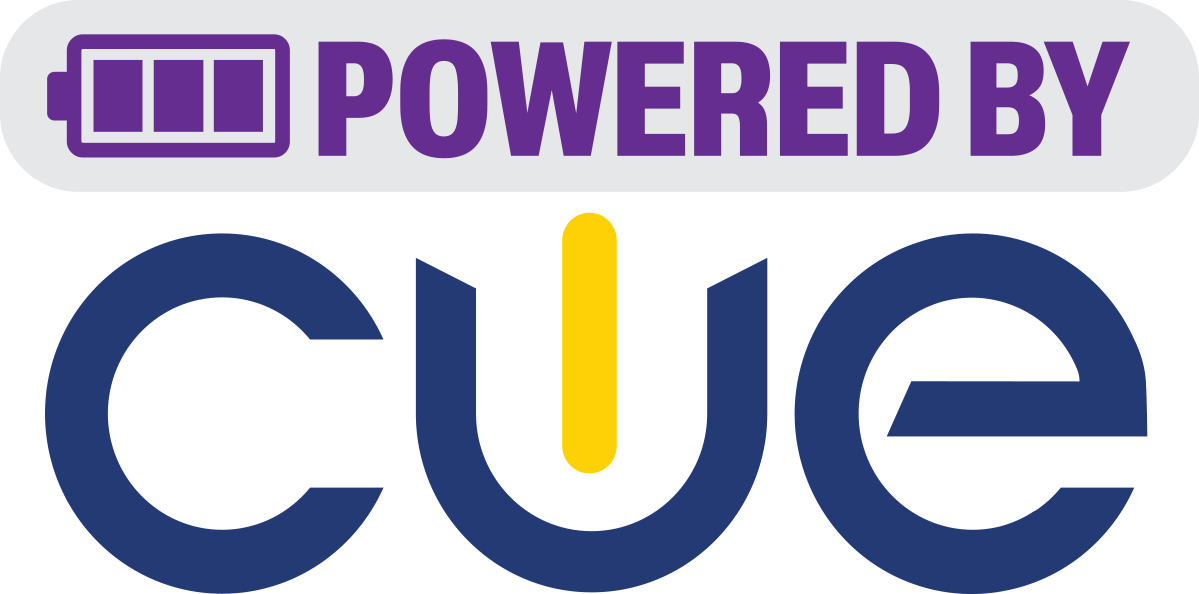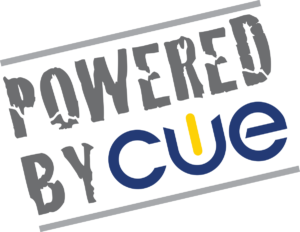In Star Wars: The Empire Strikes Back, during his Jedi training with Yoda, Luke has a vision of his friends in trouble, a possible future of their deaths. He decides to leave Dagobah and suspend his training to save Han and Leia. Luke is just beginning to understand his powers and control the force, but feels the pull to abandon that training because of the love of his friends. Yoda warns Luke that he is not ready. A Force Ghost Obi Wan also pleads with Luke, “This is a dangerous time for you, when you will be tempted by the dark side of the force.”
My district’s board of education voted Thursday to return to school for five days, all students. While I’m super excited to see students again, I recognize, like Obi Wan, that many of us are not yet ready. This could be a dangerous time for us. And not just because of the risk of getting sick. The dark side of teaching is tempting us to return to a time before our training. A time where we didn’t use the tools available for us to provide equity and access for all our students. Like Luke’s time on Dagobah, our training has gone well during distance learning. Couple that with in person interactions with students in the classroom, that’s Master Level Jedi Teaching.
As we return to our physical classrooms with students, we must be mindful of our training. Sure, it’s still going to be a bit weird with masks, distancing, temperature checks and sanitizing at hyperspeed, but we cannot forget all the Jedi tricks we used in teaching remotely. Those tools need to be brought into the classroom.
So, what would Master Yoda, 2020 Teacher do?
- First, he would continue to post all his assignments in his Learning Management System (Google Classroom, Schoology, Otus). This ensures access for all students, even those who are absent.
- Second, he would keep making videos! Having lessons on a video so students can go back and rewatch and use closed captioning, gives so many more kids multiple opportunities to learn.
- Third, he would keep using video conferencing. Holding office hours after school for small group interventions is such a powerful tool to reach kids who need a little bit of extra help.
- Next, He would use a backchannel. Ryan O’Donnell, my CapCUE buddy, said when he went back hybrid, he missed the chat in Zoom. Why not keep it up in the classroom? Use Padlet or even a Google Doc to keep the conversation going while you are teaching.
- Lastly, Yoda would not forget all the tools he used just to get kids engaged. Kahoot, Flipgrid, Desmos, PearDeck, NearPod, EdPuzzle, etc. have not only been effective in teaching skills and content, they have gotten kids excited about learning.
As our districts move towards in person instruction, let us remember the words of Master Yoda, “Strong is Vader. Mind what you have learned. Save you it can.” You are a Jedi teacher. Just remember your training. Don’t be tempted by the dark side. We have learned so much over the last six months. Take it with you to the classroom. It will save you.











